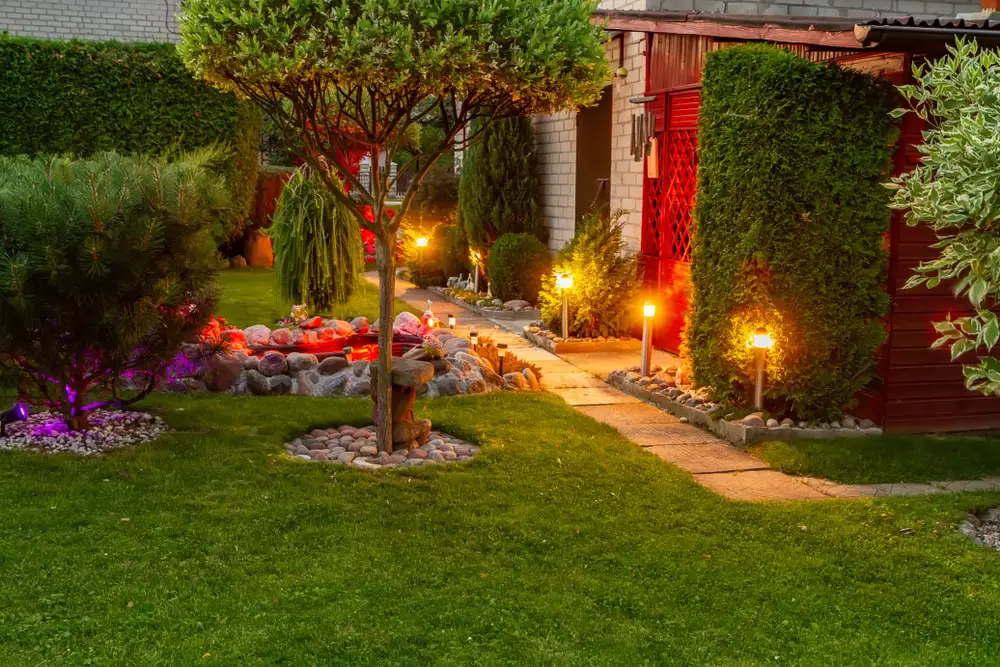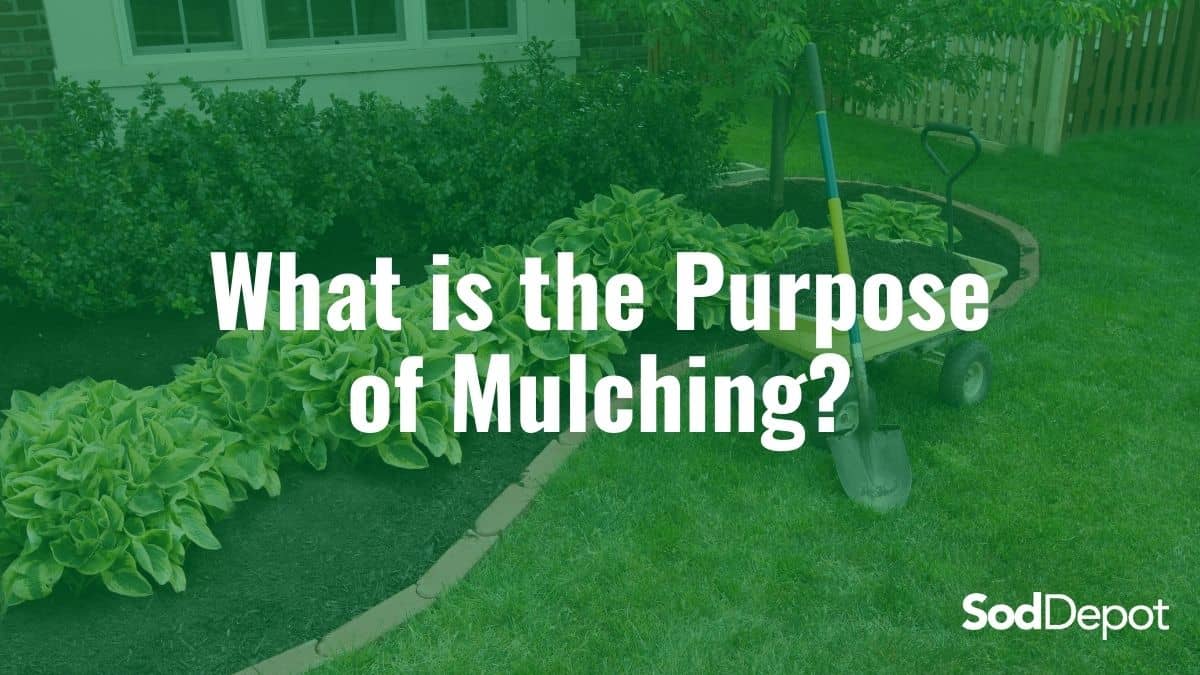9 Simple Techniques For Hilton Head Landscapes
9 Simple Techniques For Hilton Head Landscapes
Blog Article
About Hilton Head Landscapes
Table of ContentsExcitement About Hilton Head LandscapesThe Single Strategy To Use For Hilton Head LandscapesHilton Head Landscapes for DummiesExcitement About Hilton Head LandscapesRumored Buzz on Hilton Head LandscapesSome Known Details About Hilton Head Landscapes Some Ideas on Hilton Head Landscapes You Need To KnowRumored Buzz on Hilton Head Landscapes
Kind compatibility is additionally a significant element of unity in designone or 2 noticeably different forms are good for comparison and emphasis, but typically all other kinds need to have some resemblances for a merged look. Structure describes exactly how coarse or great the surface area of the plant or hardscape material feels and/or looks.
Instances of plants with crude structure consist of philodendrons, agaves, bromeliads, hollies, palms, and hydrangeas. Features that produce great structure consist of small vegetation; slim, strappy leaves (yards) or tall, thin stems; little, dense branches and tiny branches; long stems (vines); and little, fragile flowers.
Hilton Head Landscapes - Questions
Most plants are medium texture, in that they can not be described as having either coarse or fine texture. Medium-textured plants act as a history to web link and link the crude- and fine-textured plants.

To make a room really feel smaller sized, position the crude textures along the external border and the great appearances closest to the viewer. The detail of the rugged structure makes the plants show up closer and makes the area feel smaller. The perceived texture of plants can also change with the range from the plant.
The Greatest Guide To Hilton Head Landscapes
Strong shades increase the comparison and make the structure appear coarser, while low-key colors can squash structure. Hardscape with a crude texturesuch as really rough rocks and vibrant, big timberstends to make all plant material show up much more moderate textured. Developers usually establish a texture research (Figure 8) theoretically to help determine the plan of plant products.
Shade in plant material and hardscape adds passion and variety to the landscape. Color is the most obvious element in the landscape and is normally the emphasis of many house owners; however, it is likewise the most short-lived element, normally lasting just a couple of weeks a year for individual plants.
Hilton Head Landscapes for Beginners
A simple description of the color wheel consists of the 3 key shades of red, blue, and yellow; the 3 second shades (a mix of two primaries) of eco-friendly, orange, and violet; and six tertiary colors (a mix of one adjacent key and second shade), such as red-orange. Color theory discusses the relationship of shades to every various other and exactly how they ought to be used in a composition.

Analogous (in some cases called unified) shade schemes are any three to five colors that are adjacent on the color wheel, such as red, red-orange, orange, yellow-orange, and yellow, or blue, blue-violet, and violet (hilton head landscapers). The colors relate to each other because they generally include two main colors mixed to form a secondary and two tertiary shades, which suggests they share usual properties
They often tend to have high comparison in between them. The most common sets are violet and yellow, red and environment-friendly, and blue and orange. Corresponding shades are typically discovered naturally in blossoms; an usual set is yellow and violet. Shade is discovered in the flowers, foliage, bark, and fruit of plants.
Little Known Questions About Hilton Head Landscapes.
Eco-friendly vegetation in all its different tones is the dominant color by amount, but various other shades catch focus a lot more readily since of their high comparison to the color environment-friendly. Color is likewise found in buildings, rocks, pavers, wood, and furniture. The majority of colors in all-natural products, such as stone and timber, are generally low-key and have a tendency to be variants of brown, tan, and pale yellow.
Shade is an important element for producing passion and selection in the landscape. Shades have residential or commercial properties that can impact emotions, spatial understanding, light top quality, equilibrium, and focus. One residential or commercial property of color is described about temperaturecolors seem great or cozy and can influence feelings or sensations. Trendy shades often tend to be relaxing and need to be made use of in locations for leisure and peacefulness.
Hilton Head Landscapes Fundamentals Explained
Awesome shades tend to decline and are regarded as being farther away, making a room feel bigger. Color can also be used to record attention and direct sights.
For instance, brilliant yellow, which has the highest possible intensity, likewise has a high comparison with all various other shades (typically defined as a "pop" of color) and must be conserved. A tiny amount of intense color has as much aesthetic weight as a huge quantity of a more suppressed or weak shade.
Analogous (in some cases called harmonious) color pattern are any type of 3 to 5 shades that are surrounding on the color wheel, such as red, red-orange, orange, yellow-orange, and yellow, or blue, blue-violet, and violet. The colors are related to every other since they commonly include two primaries mixed to develop an additional and 2 tertiary shades, which suggests they visite site share usual residential properties.
More About Hilton Head Landscapes
Complementary shades are usually discovered naturally in blossoms; a typical pair is yellow and violet. Shade is discovered in the flowers, vegetation, bark, and fruit of plants.
Green vegetation in all its different shades is the leading shade by quantity, yet other shades catch attention quicker as a result of their high comparison to the color eco-friendly - landscaping hilton head sc - https://sketchfab.com/h1tnhdlndscps. Color is also located in buildings, rocks, pavers, timber, and furniture. The majority of colors in all-natural materials, such as rock and wood, are commonly soft and often tend to be variations of brownish, tan, and pale yellow
Hilton Head Landscapes Fundamentals Explained
Shade is an important aspect for producing passion and range in the landscape. Shades have residential or commercial properties that can impact feelings, spatial assumption, light quality, balance, and emphasis. One residential property of shade is described family member to temperaturecolors seem cool or warm and can affect emotions or feelings. Amazing shades often tend to be relaxing and ought to be utilized in areas for relaxation and calmness.
The "temperature" of colors can also influence the assumption of range. Great shades have a tendency to recede and are perceived as being further away, making a room really feel larger. Warm shades often tend to breakthrough and are viewed as being better, making a space feel smaller sized. Shade can likewise be used to record focus and straight views.
Bright yellow, which has the highest strength, also has a high comparison with all other shades (commonly described as a "pop" of shade) and must be used moderately. A small quantity of intense shade has as much visual weight as a huge amount of an extra suppressed or weaker shade.
Report this page